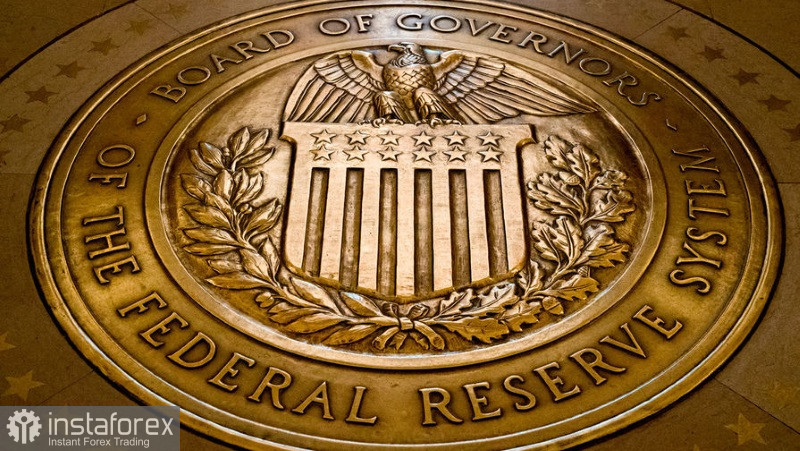
"Stronger demand for labor, stronger demand in the economy than I previously thought, and then somewhat higher underlying inflation, suggest a modestly higher path for policy relative to September," New York Fed President John Williams told reporters on Monday after an event hosted by the Economic Club of New York. "I do see a point, probably in 2024, that we'll start bringing down nominal interest rates because inflation is coming down," he said.
Meanwhile, St. Louis Fed President James Bullard, one of the central bank's most hawkish officials, also said that markets were underestimating the risk that the FOMC would have to continue its aggressive policy, rather than act less aggressively, to curb the current inflation and fight it in the future.
As it was noted above, some Fed officials said they planned to support a 50 basis point rate hike at their December 13-14 meeting after four consecutive 75 basis point hikes. However, there is now a risk that policymakers may also revise their forecasts. Although it is unclear how high the rates will be. Much will depend on data in December.
In a recent interview, Federal Reserve Bank of Richmond President Thomas Barkin said he favors slowing the pace of rate hikes after past aggressive action, adding that it may take much longer to keep rates at their highs than previously expected. "I'm very supportive of the path that is slower, probably longer, and potentially higher," Barkin said. He added that he expects the rates to be "definitely" higher than he anticipated a couple of months ago.
Yesterday, Fed Vice Chair Lael Brainard said that US central banks should consider the risk of rising inflation expectations above the 2% target. "With a prolonged series of supply shocks and high inflation, it is important for monetary policy to take a risk-management stance to avoid the risk of inflation expectations being deviated above the target," she said.
At the moment, the key interest rate is in the target range of 3.75%-4%. Investors expect it to peak at 5% in 2023.
As for the EUR/USD pair, the pressure on the US dollar has weakened, which limited the growth of the euro near the monthly high. The price needs to reach above 1.0390 to continue to grow. This may send the quotes to the area of 1.0490 and 1.0530. Following this scenario, the price may climb to 1.0570. If the euro declines, only a decline below the support level of 1.0340 is likely to push the price back to 1.0290 and increase pressure on EUR/USD. This may also drag the price down to the low of 1.0260.
As for the GBP/USD pair, after yesterday's decline, bulls are trying to recover from it. Now they should defend the support of 1.1980 and 1.2060. If they manage to pierce 1.2060, the price may return to the area of 1.2110. After that, the British currency may sharply increase to 1.2180 and 1.2230. If bears take control over 1.1980, the pressure on the GBP/USD pair is likely to return. This will strike a blow to the bulls' positions and push the price back to 1.1905.
 English
English 
 Русский
Русский Bahasa Indonesia
Bahasa Indonesia Bahasa Malay
Bahasa Malay ไทย
ไทย Español
Español Deutsch
Deutsch Български
Български Français
Français Tiếng Việt
Tiếng Việt 中文
中文 বাংলা
বাংলা हिन्दी
हिन्दी Čeština
Čeština Українська
Українська Română
Română

